Water pollution occurs when pollutants are released into subterranean groundwater or lakes, streams, rivers, estuaries, and seas to the degree that they interfere with beneficial water use or ecosystem function.
- Alongside the release of chemical substances and microorganisms, the release of energy, radioactivity, or heat into bodies of water is also called water pollution.
- Various substances, including pathogenic microorganisms, putrescible organic waste and plant nutrients, toxic chemicals, sediments, heat, fuels, and radioactive substances, are common sources of water pollution.
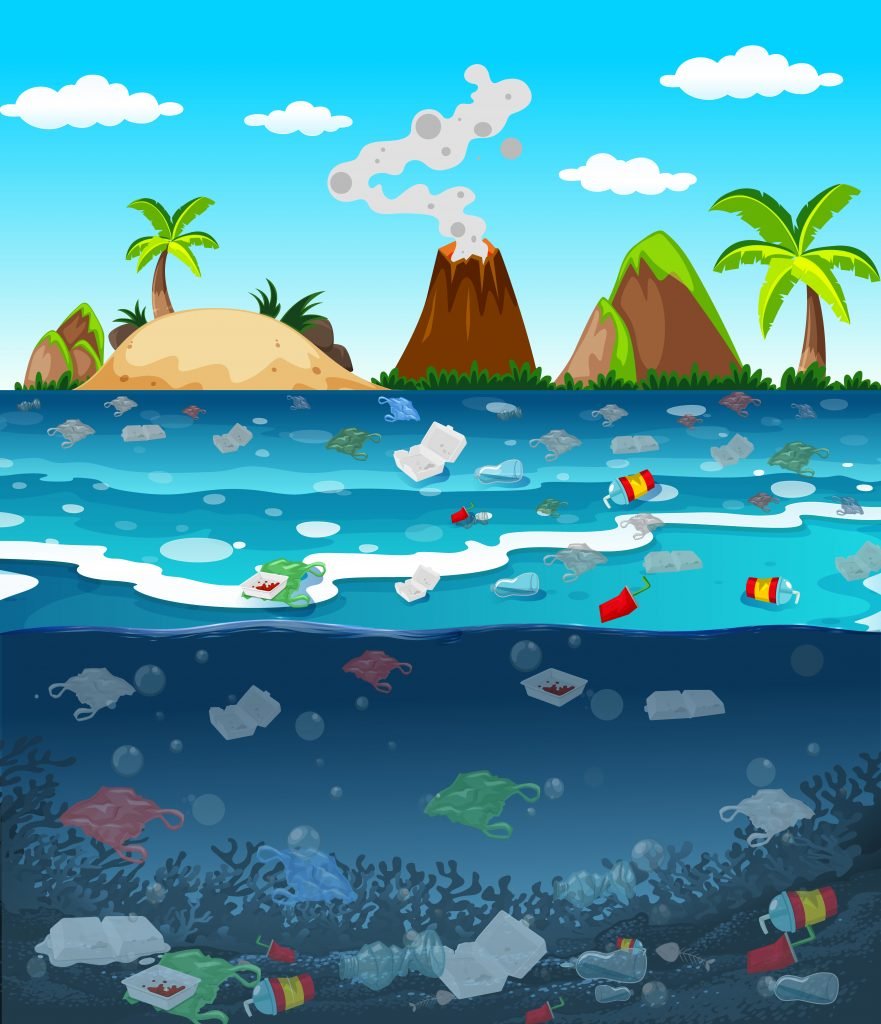
Sources of Water Pollution
Some major sources of water pollution are the following:
- Discharge from household and factories that is basically raw and untreated sewage.
- Chemicals dumped from Factories
- The run-offs from agricultural lands which happen to flow into our sources of drinking water like streams, rivers and groundwater sources
- Urbanization
- The rising use of synthetic organic substances
- Oil Spills
- The burning of Fossil Fuels causing Acid Rains
- Littering in lakes, oceans, rivers and other bodies of water by humans. Plastics, aluminum, glass and Styrofoam can be named as Harmful litter.
Our drinking water is polluted by almost everything resulting from our civilisation.
Governments have attempted to reduce pollution and contamination by restricting pollutant discharges into the water through various Clean Water Acts and water resource laws.
◉ From 1990 to 2006, over 1.6 billion people gained access to clean and safe drinking water. However, many factories still dump their toxic wastes in the sea due to a failure to take immediate action.
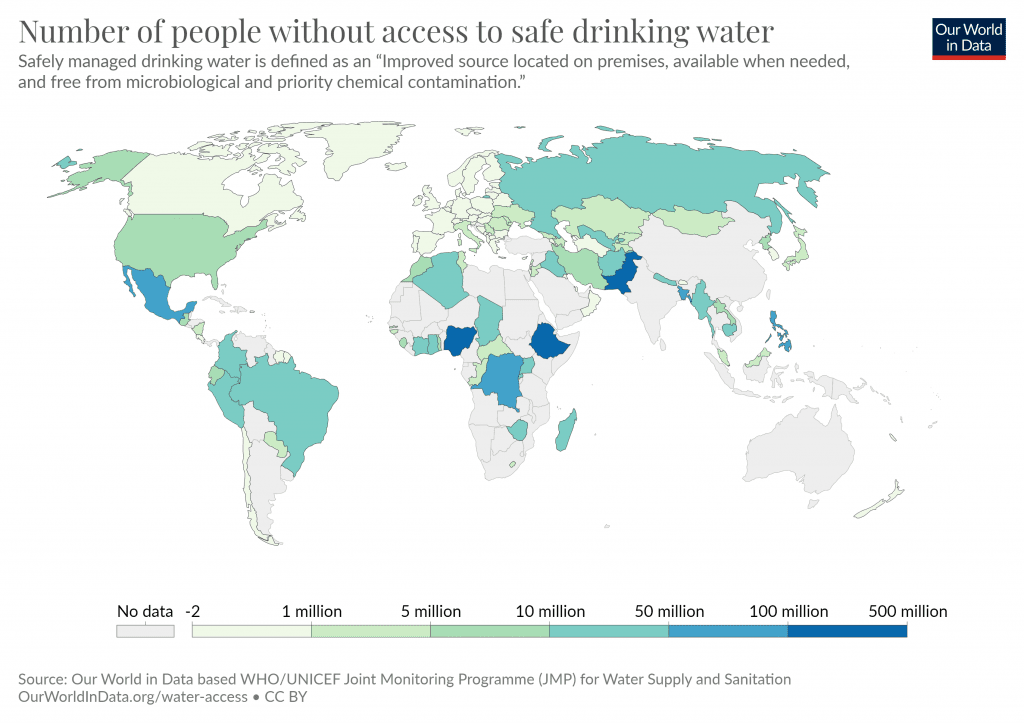
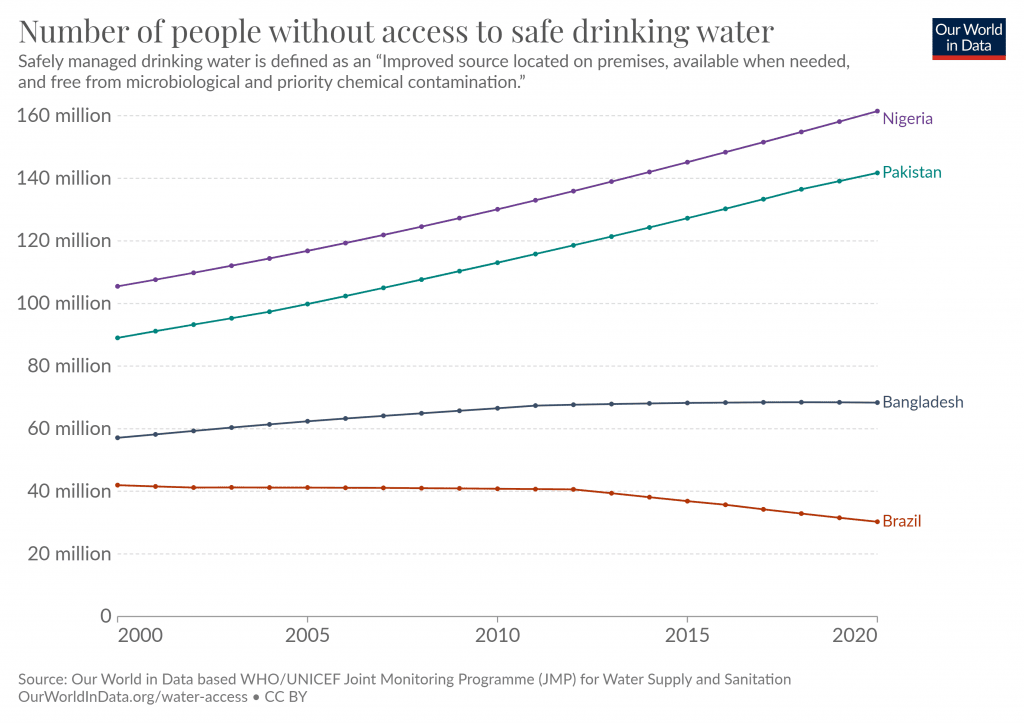
Water Pollution: - An Emerging Global Crisis
Water pollution has become a big concern around the world, particularly in underdeveloped nations, where over 3.2 million children die each year as a result of contaminated drinking water and inadequate sanitation.
- In developing countries, access to adequate wastewater treatment facilities is minimal.
- Underdeveloped countries’ water bodies are frequently used as open sewers for human waste and garbage. The Ganges River in India demonstrates and receives about a billion liters of domestic waste, give or take, 260 million liters of industrial waste, runoff from 6 million tons of fertilizers, 9,000 tons of pesticides utilized in the agricultural field, and many animal carcasses.
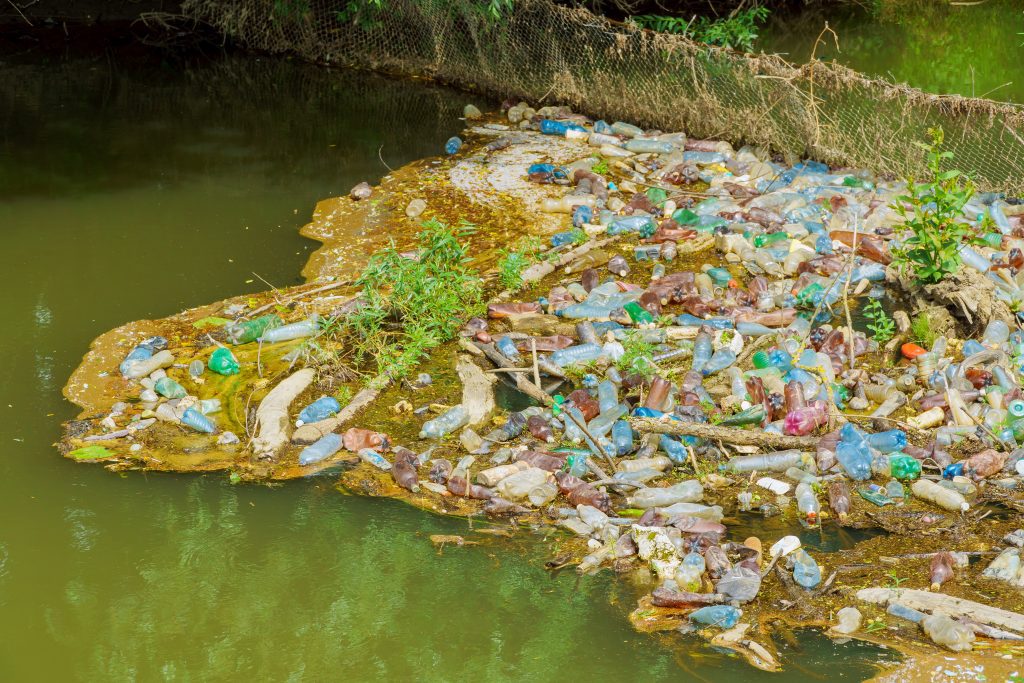
- The lack of adequate water treatment facilities and regulations in developing countries is due to the lack of infrastructure for regulating water pollution.
- As a result, the amount of clean water accessible for human consumption, sanitation, agriculture, industry, and other ecosystem services is reduced.
- A decrease in the amount of water available for use holds devastating environmental, health, and economic consequences that disrupt a country’s social and economic growth.
What is the measure of Water Pollution?
Water pollution can be measured through many broad categories of methods:
- Physical, chemical, and biological.
- Some methods, like temperature, may be conducted in the place of origin without sampling.
- Some other methods include a collection of samples and specialized analytical tests in the laboratory. Some standardized and validated analytical methods for testing water and wastewater samples have been published.
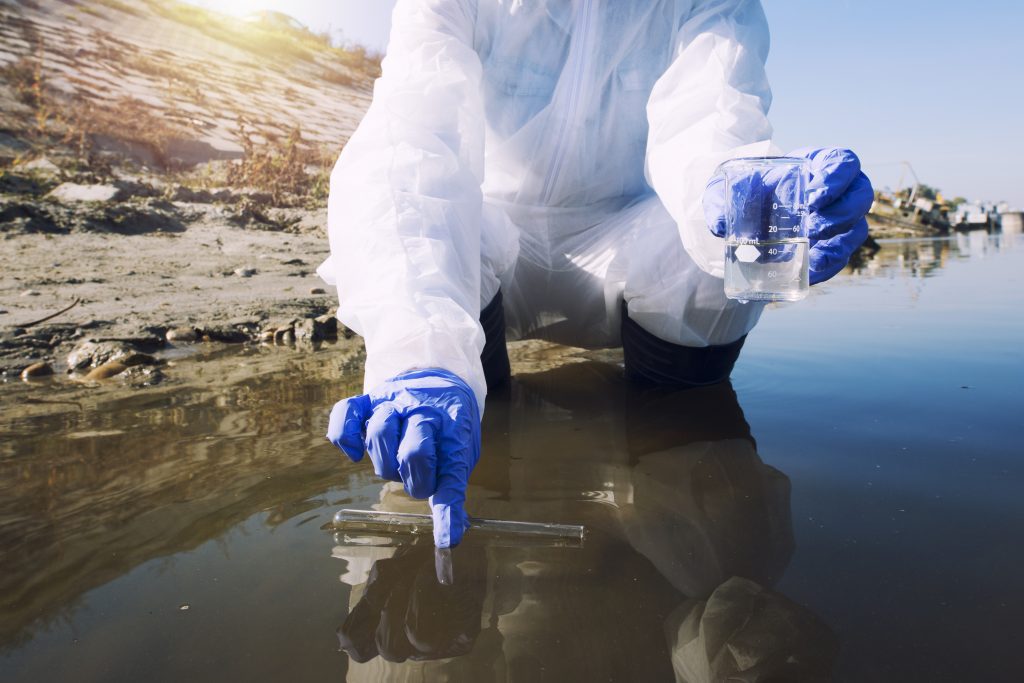
Temperature, specific conductance, electrical Conductance (EC), conductivity, solids concentrations (e.g., Total Suspended Solids (TSS)), and turbidity are some of the physical tests performed on water.
- Water samples could be examined by using analytical chemistry methods.
- pH, biochemical oxygen demand (BOD),[74]: 102 chemical oxygen demand (COD),[74]: 104 dissolved oxygen (DO), total hardness, and nutrients (nitrogen and phosphorus compounds) are all often quantified characteristics, e.g. nitrate and orthophosphates), metals (including zinc, copper, cadmium, lead and mercury), oil and grease, total petroleum hydrocarbons (TPH), surfactants and pesticides.
How does pollution affect marine water?
Marine water pollution has several disadvantages that either directly or indirectly affect life.
▶ Harmful to Marine Sea animals – Sea animals are common victims of ocean pollution.
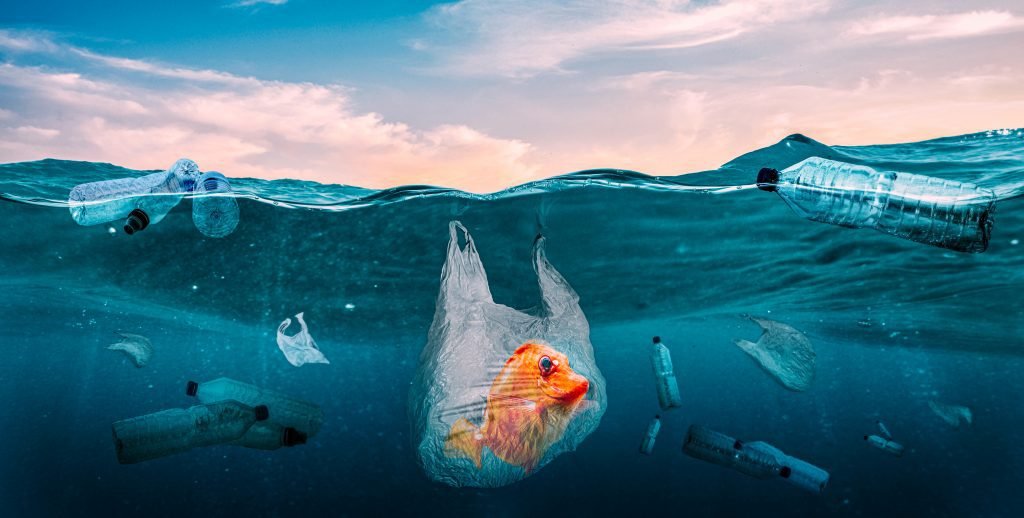
- Oil spills, for example, can entrap and suffocate marine animals by permeating their gills. When the oil soaks into the feathers of sea birds, they might not be able to fly due to their heavier body weight or feed their young.
- Animals that aren’t killed by crude oil may suffer from cancer and behavioral changes and become unable to reproduce.
- The oil spill also affects photosynthesis by staying afloat on the water’s surface, which prevents sunlight from entering the body.
- Skin and eye irritation and liver and lung problems can affect marine life over a considerable period.
- As a result, the amount of clean water accessible for human consumption, sanitation, agriculture, industry, and other ecosystem services is reduced.
- Animals like dolphins, fish, sharks, turtles, seabirds, and crabs are most vulnerable to harm from plastic debris in marine water bodies.
▶ Oxygen Depletion in Seawater—As extra debris in the ocean degrades over time, it consumes oxygen, resulting in less 02 in the ocean. Low oxygen levels kill ocean creatures such as penguins, dolphins, whales, and sharks.
▶ Oxygen depletion is also caused by excess nitrogen and phosphorus in sea water.
▶ A dead zone is formed in an area where there is excess oxygen depletion; here, no marine life can survive.
- Deep-sea ocean mining causes marine pollution and disruption at the deepest ocean levels. Drilling for elements like cobalt, zinc, silver, gold, and copper can create sulfide deposits deep inside the sea, harming the ocean.
- Poisonous chemicals that are considered hazardous for marine life are released by various industries. The pesticide chemicals have been reported to accumulate in the tissues of animals, which might further lead to the failure of their reproductive system.

▶ Insoluble Chemicals, which do not dissolve and sink in the depths of the ocean, are usually used in industries and agriculture. They flow into rivers in the run-offs, from where they subside into the ocean. These chemicals are ingested by small animals, which are later eaten by large animals, and so on, evidently affecting the whole food chain.
▶ Humans eat animals from damaged food chains, which influences their health because chemicals from these polluted animals are deposited in human tissues and can cause cancer, congenital disabilities, and long-term health problems.
Effects of Water Pollution on human health
Ingesting Microplastics:
▶ People ingest microplastics through drinking water or eating contaminated seafood. In 2016, at Tokyo Bay, some scientists examined 64 anchovies for microplastic consumption, amongst which 77% were found to have microplastics in their digestive systems.
▶ Salt, Beer, and other food items are also suspected of containing them in their composition.
▶ Microplastics may cause oxidative stress, inflammatory reactions, and human metabolic disorders. However, further study is required to confirm these consequences.
Consuming water contaminated by Sewage:
▶ Globally, around 2 billion people use a drinking water source with fecal contaminants as quoted by WHO.
▶ Contaminated water can shelter bacteria responsible for diseases like diarrhea, cholera, dysentery, typhoid, hepatitis A, and polio.
▶ According to the United Nations, about 297,000 children under the age of five die each year as a result of diseases caused by poor sanitation, hygiene, or contaminated drinking water.
Chemical pollutants:
Pesticides, fertilizers, and heavy metals can cause serious health problems.
▶ Flint, Michigan, residents experienced water contamination in 2014 due to insufficient testing and treatment of their water supply. The contaminated water caused rashes, hair loss, and itching skin. Children who drank the water had their blood lead levels doubled.
▶ A person can be at risk of these problems if they ingest certain dissolved chemicals:
◉ Cancer
◉ Altered brain function
◉ Damage to immune and reproductive systems
◉ Cardiovascular and kidney problems
▶ Swimming in contaminated water can also trigger:
◉ Rashes
◉ Pink eye
◉ Respiratory infections
◉ Hepatitis
Effects of Water Pollution on animals and plants-
🎯 Plants have to face water pollution through runoff and acid rain.
▶ First, nutrients required for plant growth and other biological processes are washed away.
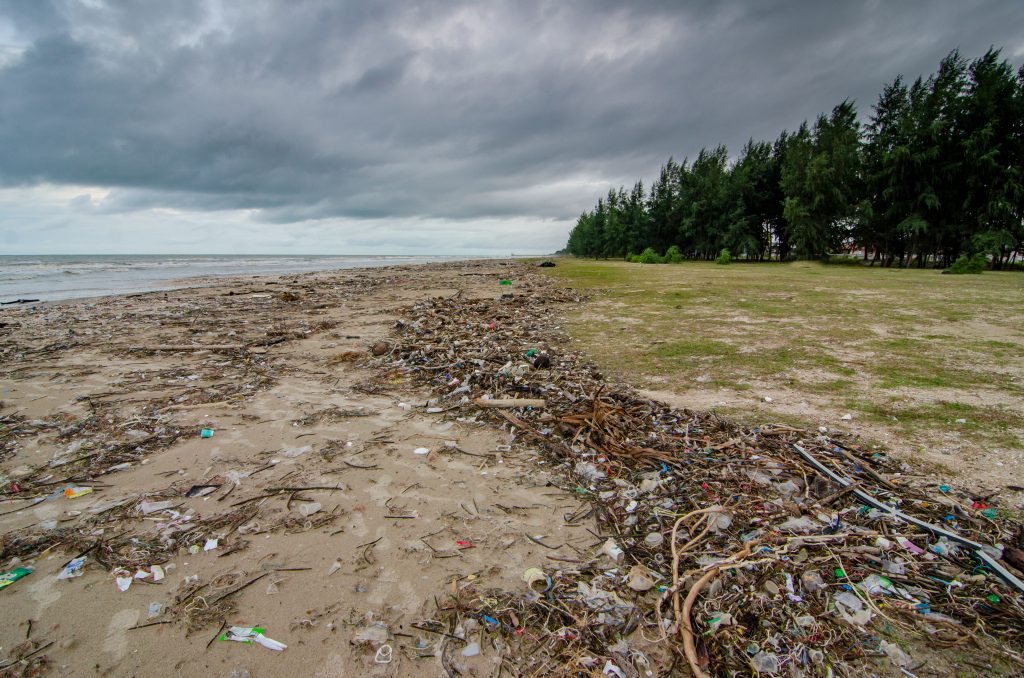
▶ Second, chemicals found in runoff are often toxic to plant life, and their introduction to a plant system usually results in the death of the plant. Furthermore, contaminated water can degrade soil quality, making it impossible for subsequent plant generations to thrive.
▶ When sulfur dioxide and nitrogen dioxide levels in the atmosphere become concentrated in rain clouds and fall as rain or snow, acid rain develops.
▶ These substances are then injected into soil and water sources, causing pH levels to rise and plant life to suffer.
🎯 Animals face similar challenges from water carrying toxic contaminants. Contaminated runoff and industrial wastes contribute to the deaths of many species of fish, reptiles, mammals, and amphibians annually.
▶The contamination kills their offspring and destroys their food sources, poisoning their living environment.
▶ One serious contamination of water that has broad negative effects on animal life is the chemical Mercury (Hg).

▶ Mercury can lead to detrimental behavioral changes in animals by harming their nervous system.
▶ Mercury also causes damage to some essential organ systems in animals.
▶ Mercury contamination in animals like fish also affects humans and the food chain. Fish from water sources with high mercury concentrations have led to mercury poisoning in the people who consume them.

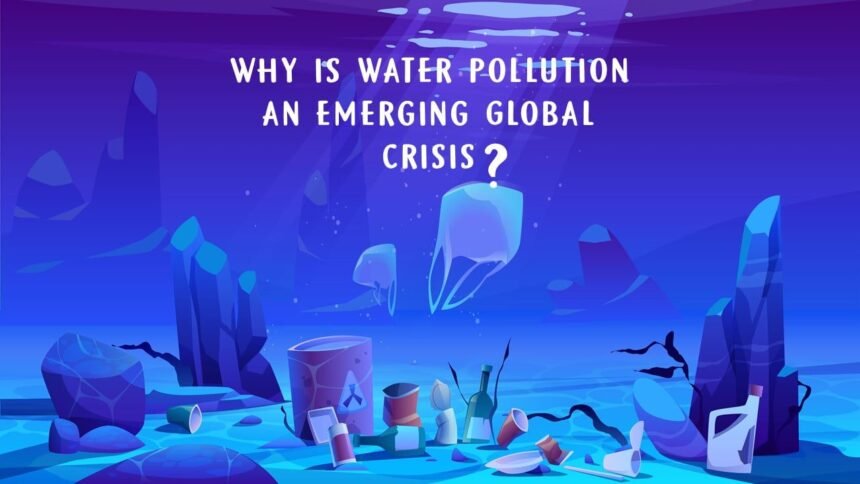
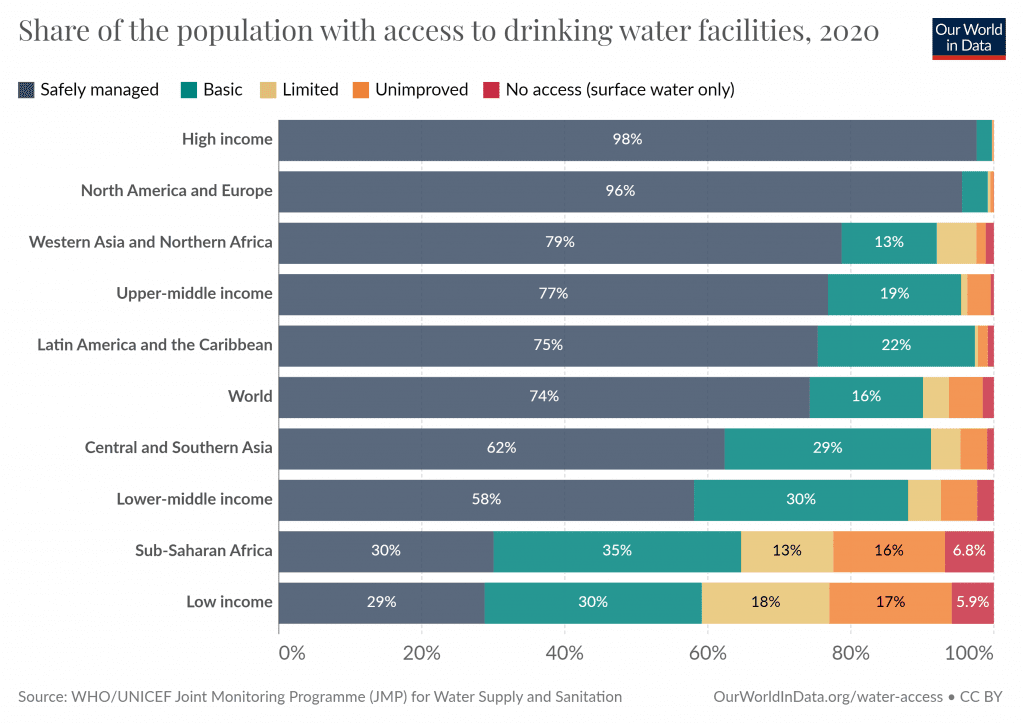
Do you mind if I quote a few of your articles as long as I provide credit and sources back to your website? My website is in the exact same area of interest as yours and my visitors would definitely benefit from some of the information you provide here.
Good post however , I was wanting to know if you could write a litte more on this topic? I’d be very thankful if you could elaborate a little bit more. Thank you!